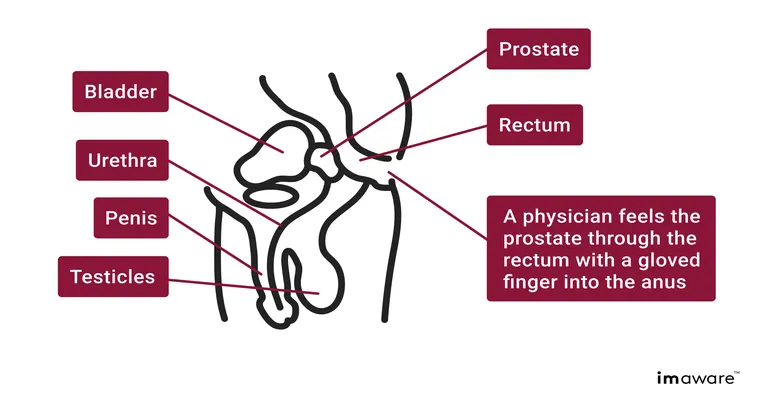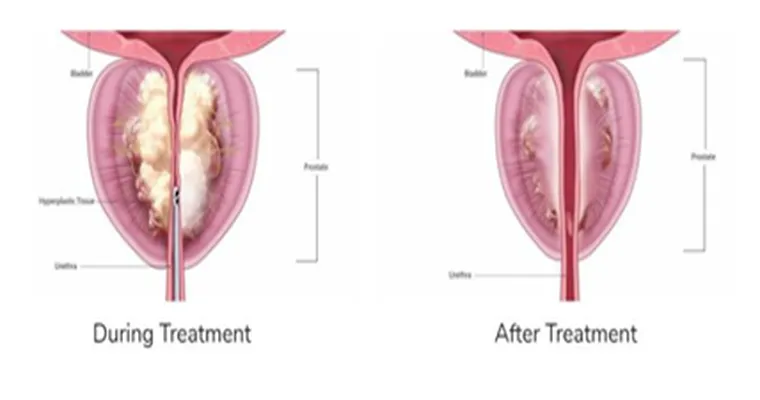Prostate cancer is one of the most common types of cancer among men, making it a significant health concern worldwide. Understanding "prostate cancer", its "symptoms", "risk factors", "diagnosis", and "treatment options" is crucial for early detection and effective management. This article provides a comprehensive overview of prostate cancer, helping you stay informed about this prevalent disease.
What is Prostate Cancer?
Prostate cancer occurs when cells in the prostate gland begin to grow uncontrollably. The prostate is a small gland located below the bladder and in front of the rectum, primarily responsible for producing seminal fluid that nourishes and transports sperm. While many cases of prostate cancer grow slowly and may not cause significant harm, some can be aggressive and spread rapidly.
Symptoms of Prostate Cancer
In its early stages, prostate cancer may not present any noticeable "symptoms". However, as the disease progresses, individuals may experience:
Difficulty urinating or a weak urine flow
Frequent urination, especially at night
Pain or burning sensation during urination
Blood in urine or semen
Painful ejaculation
Persistent pain in the back, hips, or pelvis
Recognizing these symptoms is vital for early diagnosis and treatment.
Risk Factors
Several "risk factors" can increase the likelihood of developing prostate cancer, including:
"Age": The risk increases significantly after age 50.
"Family History": A family history of prostate cancer can elevate risk.
"Race": African American men are at a higher risk compared to men of other races.
"Diet": A diet high in red meat and dairy products may contribute to increased risk.
Diagnosis of Prostate Cancer
Early diagnosis is critical for successful treatment. The following methods are commonly used to diagnose prostate cancer:
"Digital Rectal Exam (DRE)": A physical examination where a doctor checks the prostate for abnormalities.
"Prostate-Specific Antigen (PSA) Test": A blood test that measures the level of PSA, a substance produced by the prostate. Elevated levels may indicate cancer.
"Biopsy": If abnormalities are detected, a biopsy may be performed to confirm the presence of cancer cells.
Treatment Options
Treatment for prostate cancer varies depending on the stage of the disease, the patient's overall health, and personal preferences. Common "treatment options" include:
"Active Surveillance": Monitoring the cancer closely without immediate treatment.
"Surgery": Removal of the prostate gland (prostatectomy) may be recommended for localized cancer.
"Radiation Therapy": High-energy rays are used to kill cancer cells or shrink tumors.
"Hormone Therapy": Treatments that lower testosterone levels can slow the growth of prostate cancer.
"Chemotherapy": This approach uses drugs to kill cancer cells, typically used for advanced stages.
Conclusion
Prostate cancer is a significant health issue that affects many men globally. Awareness of the "symptoms", "risk factors", "diagnosis", and "treatment options" is essential for early detection and effective management. Regular check-ups and discussions with healthcare providers can help in understanding personal risk and ensuring timely interventions. Stay informed and proactive about your health to combat prostate cancer effectively.





